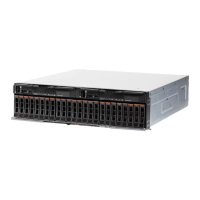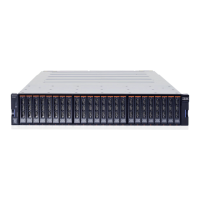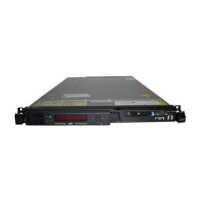370 IBM Flex System V7000 Storage Node Introduction and Implementation Guide
Any data that has not been flushed and has been written to the source or target volume
before the suspension is in cache until the mapping leaves the suspended state.
FlashCopy consistency groups
Consistency groups address the requirement to preserve point-in-time data consistency
across multiple volumes for applications having related data that spans them. For these
volumes, consistency groups maintain the integrity of the FlashCopy by ensuring that
dependent writes, which are described in more detail in “Dependent writes” on page 370, are
executed in the application’s intended sequence.
When consistency groups are used, the FlashCopy commands are issued to the FlashCopy
consistency group, which performs the operation on all FlashCopy mappings contained within
the consistency group.
Figure 9-2 shows a consistency group consisting of two FlashCopy mappings.
Figure 9-2 FlashCopy consistency group
Dependent writes
To illustrate why it is crucial to use consistency groups when a data set for a database
application spans across multiple volumes, consider the following typical sequence of writes
for the database to perform an update transaction:
1. A write is executed to update the database log, indicating that a database update is about
to be performed.
2. A second write is executed to complete the actual update to the database.
3. A third write is executed to update the database log, indicating that the database update
has successfully completed.
FlashCopy mapping management: After an individual FlashCopy mapping has been
added to a consistency group, it can only be managed as part of the group; operations
such as start and stop are no longer allowed on the individual mapping.
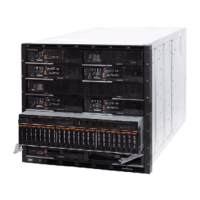
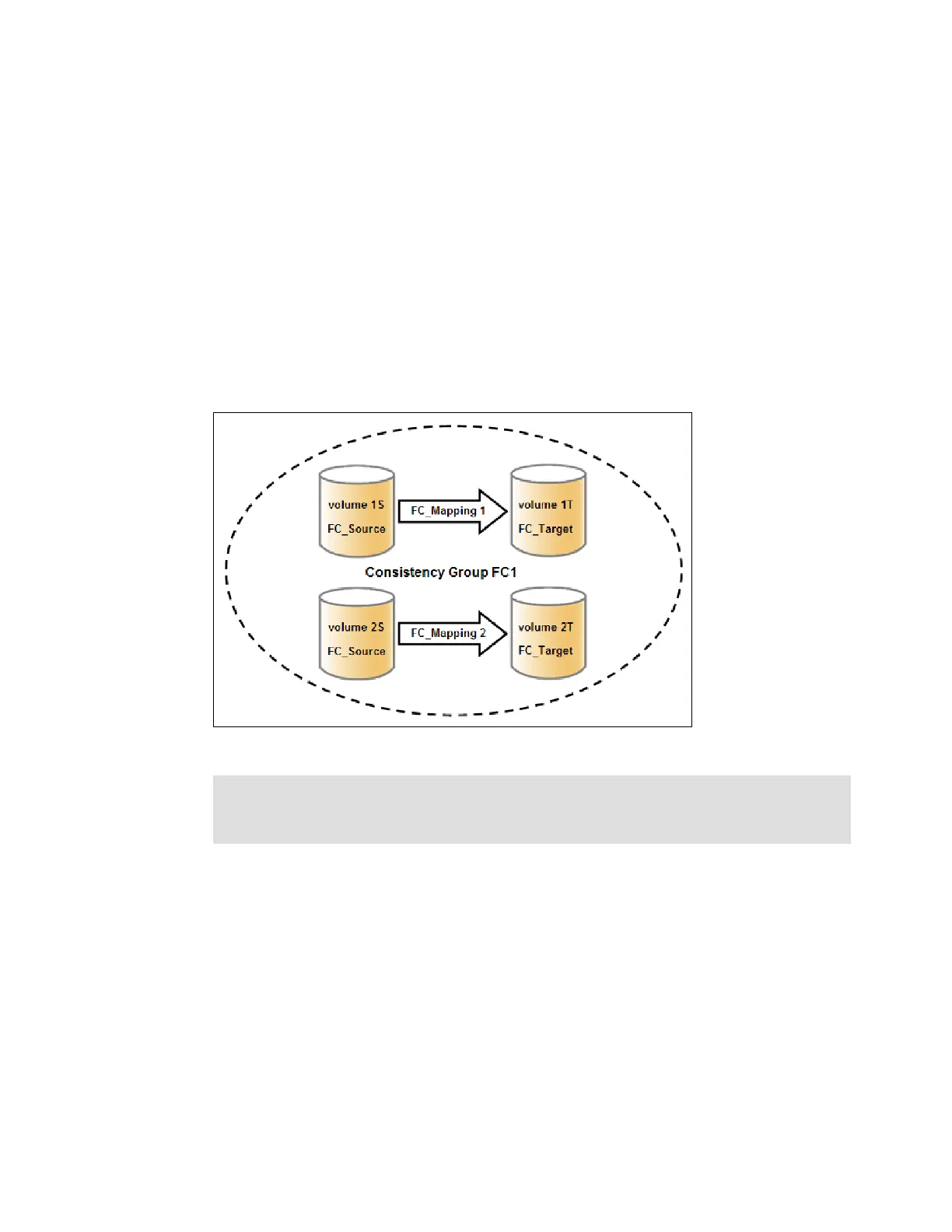